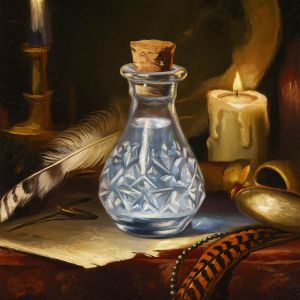Table structure:
- Introduction - Wikitext
- Names_and_Identity - Wikitext
- Societal_Structure - Wikitext
- Religion_and_Spirituality - Wikitext
- Language - Wikitext
- Literature_and_Oral_Traditions - Wikitext
- Music_and_Dance - Wikitext
- Art_and_Craftsmanship - Wikitext
- Medicine_and_Healing - Wikitext
- Clothing_and_Adornments - Wikitext
- Cuisine - Wikitext
This table has 3 rows altogether.
| Page | Introduction | Names and Identity | Societal Structure | Religion and Spirituality | Language | Literature and Oral Traditions | Music and Dance | Art and Craftsmanship | Medicine and Healing | Clothing and Adornments | Cuisine |
|---|---|---|---|---|---|---|---|---|---|---|---|
| Culture and Society of the Duranthi (edit) | 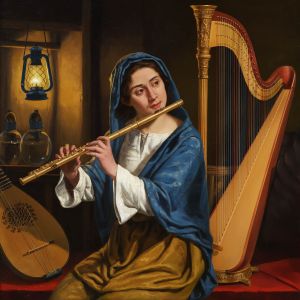 Duranthi culture is grounded in continuity, patience, and history. Duranthi view their cultural institutions as unchanging. |
Names are symbolic and earned over time, reflecting historical events or personal growth. |
Duranthi venerate Varunel as a manifestation of Daathir, the greater consciousness of all mater. |
The Orathic language is a tonal language. |
Literature is almost always historical in nature. Notable works:
|
Duranthi music emphasizes deep percussive rhythms. Instruments include:
Dance is deliberate and weighty, mimicking erosion or tectonic uplift. |
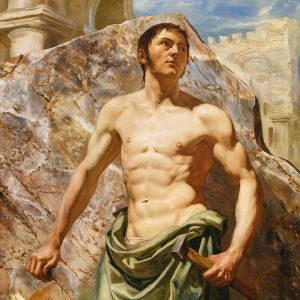 Duranthi art is mostly stone-based. Aesthetic values emphasize geometric form, symmetry, and long-term transformation. Artistic forms:
|
Duranthi wear simple robes to keep in line with their ancestors. New dress or styles are frowned upon in Duranthi society. |
|||
| Culture and Society of the Galihi (edit) | 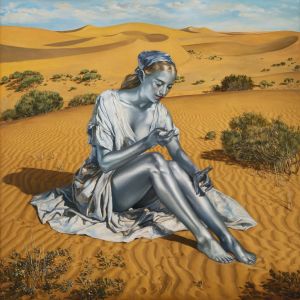 The society of Sunshifters is built upon devotion to their oracles and the creation of music, art and dance. Sunshifters travel in large, sprawling caravans, engineered to survive the desert’s shifting terrain. They are known for their distinctive silver appearance, a result of the sun protection they wear at all times. |
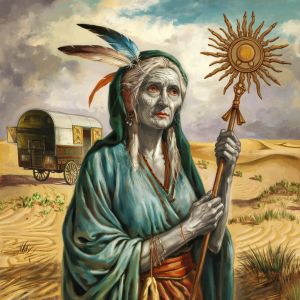 Sunshifters hold onto a fairly rigid social structure as a result of their survival in a difficult land. At the top are the Oracles. Elder women who foresee the future and guide their caravans and society at large. Below them are master artisans followed by apprentice artisans. Every aspect of Sunshifter society is considered an artform, from art itself to cooking to raising children. |
The Galih follow the path of Sethis, this spirit of Inspiration who made their home in the Glass Fields of Zanarak Desert. Oracles, who are Oasari, communicate with Sethis and recieve inspiration in the form of visions. |
Sunshifters speak Shathari, a flowing poetic language. 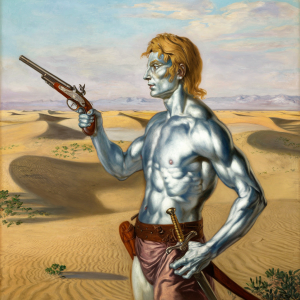 |
Sunshifter music mimics the rhythms of the wind and sand: |
||||||
| Culture and Society of the Gilaari (edit) |  The Gilaari are a nomadic people native to Zanarak, known for their craftsmanship, adaptive traditions, and spiritual connection to the shifting desert city of Mirajhar. Gilaari culture emphasizes communal resilience and ecological harmony. |
Gilaari society is mostly decentralized, with functional roles distributed across specialized castes:
Gilaari homes are typically constructed from lightweight sandstone and resins, allowing them to be disassembled and relocated in accordance with the city’s motion. Markets and public spaces are modular, shifting with the city's reconfiguration to ensure continuity of trade and social function. |
Gilaari cultural memory is preserved through oral storytelling. |
Performing arts among the Gilaari reflect the rhythms of shifting dunes and the transient nature of existence. |
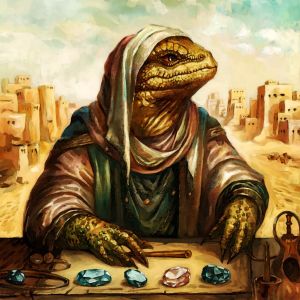 Gilaari artisans work with natural desert materials to create portable, resilient, and symbolically significant works. |
Healing traditions focus on temperature regulation and wound stabilization. |
Gilaari attire is both protective and symbolic, reflecting their identity and the necessity of mobility. Most Gilaari wear layered robes and adorn themselves with small glass jewelry. |
Gilaari cuisine is practical, using preserved ingredients and plants adapted to arid conditions.  |
